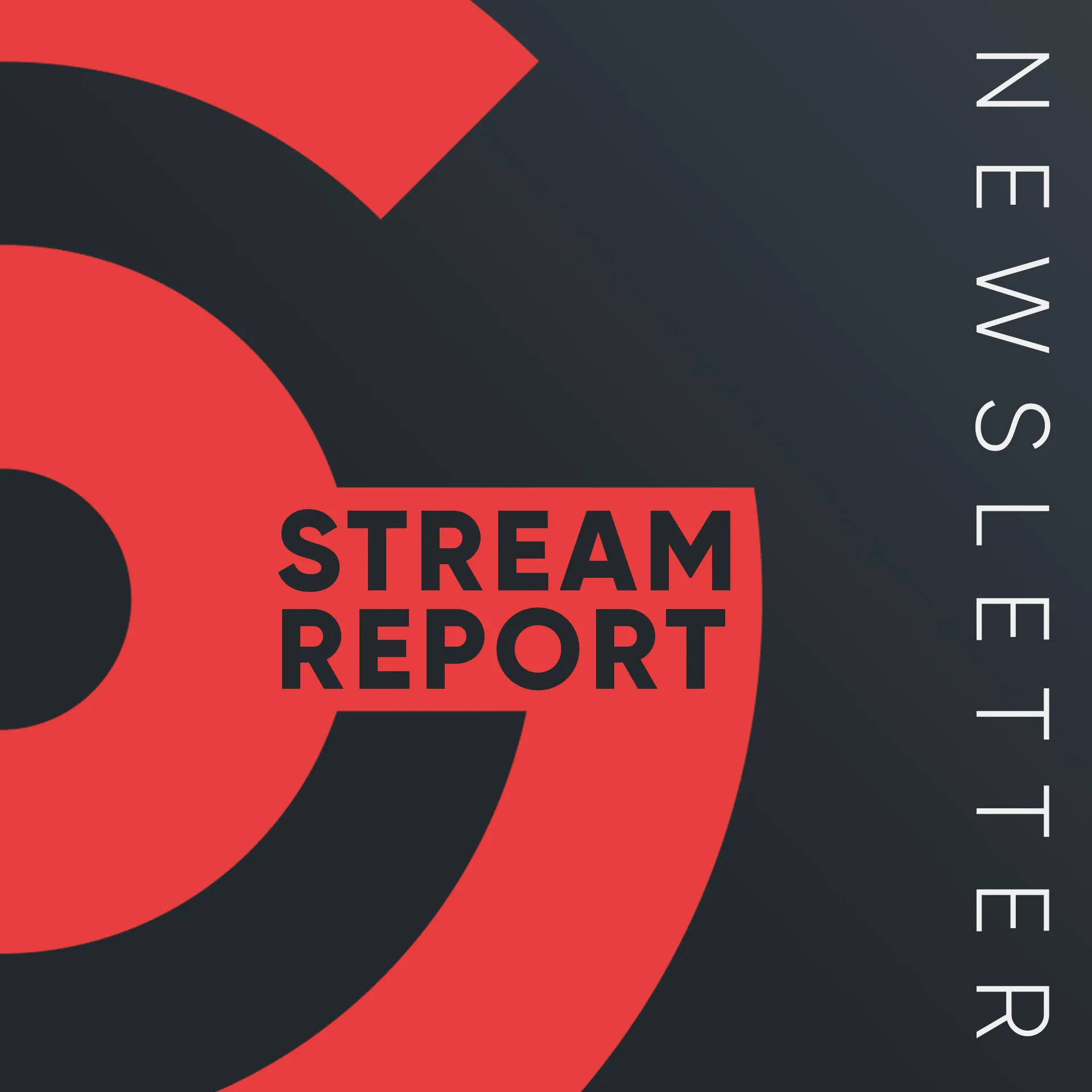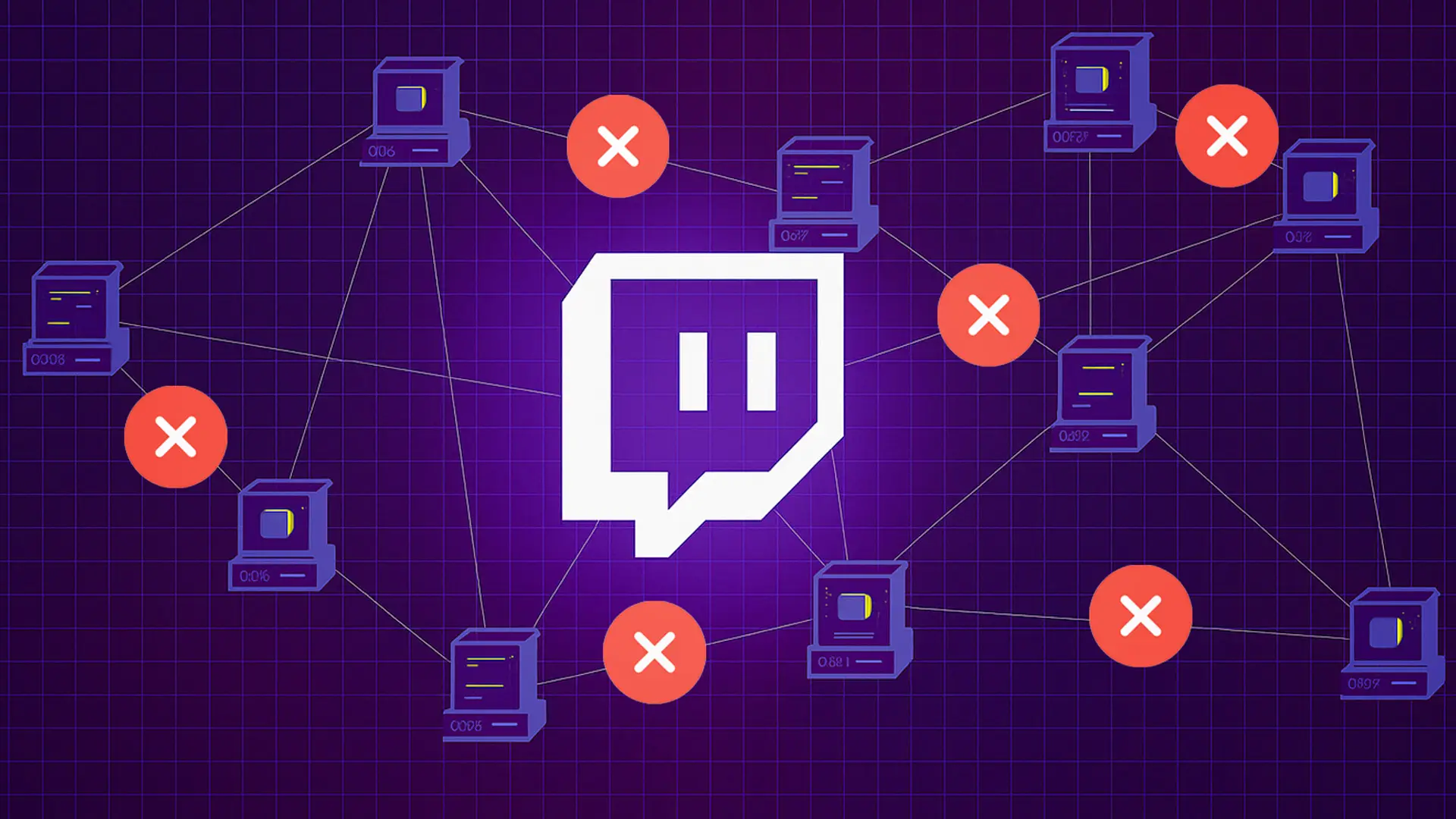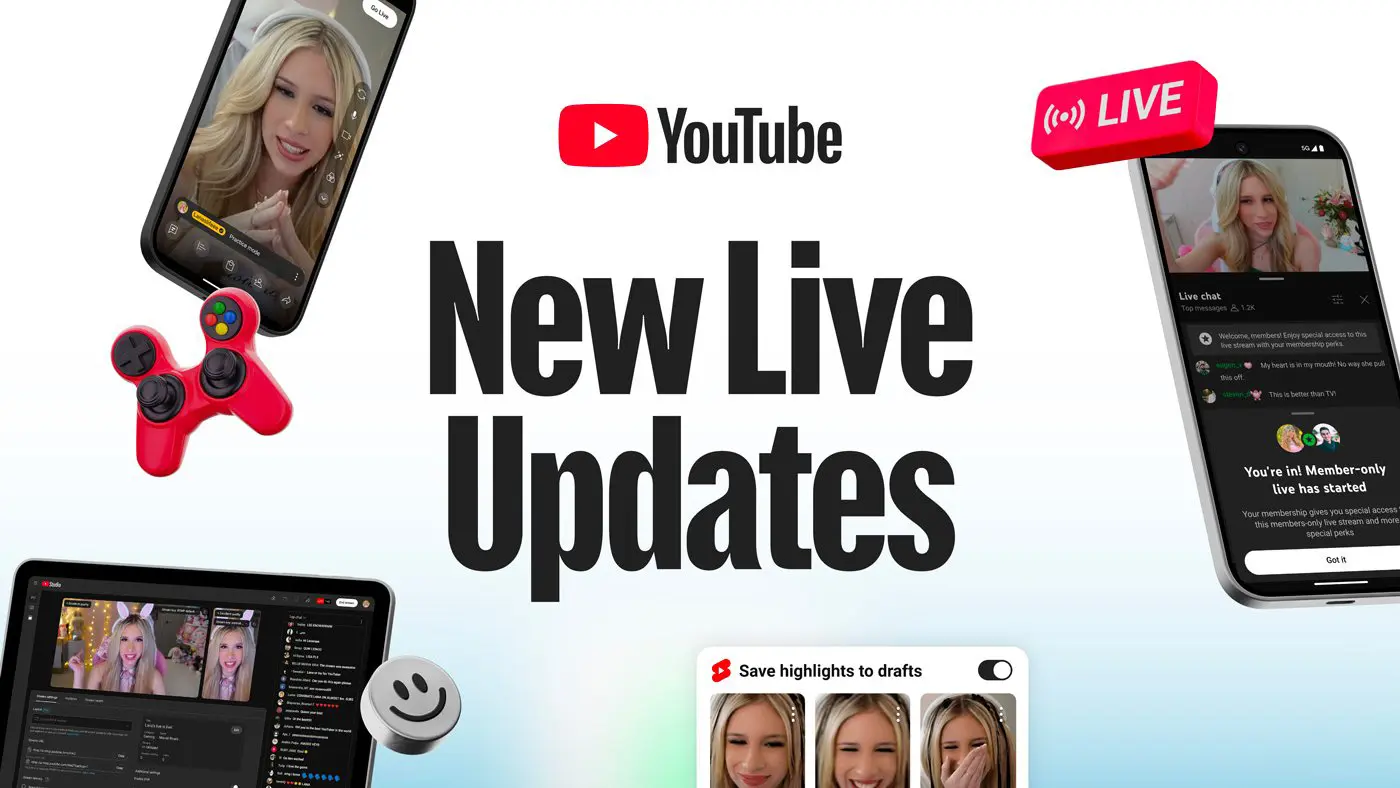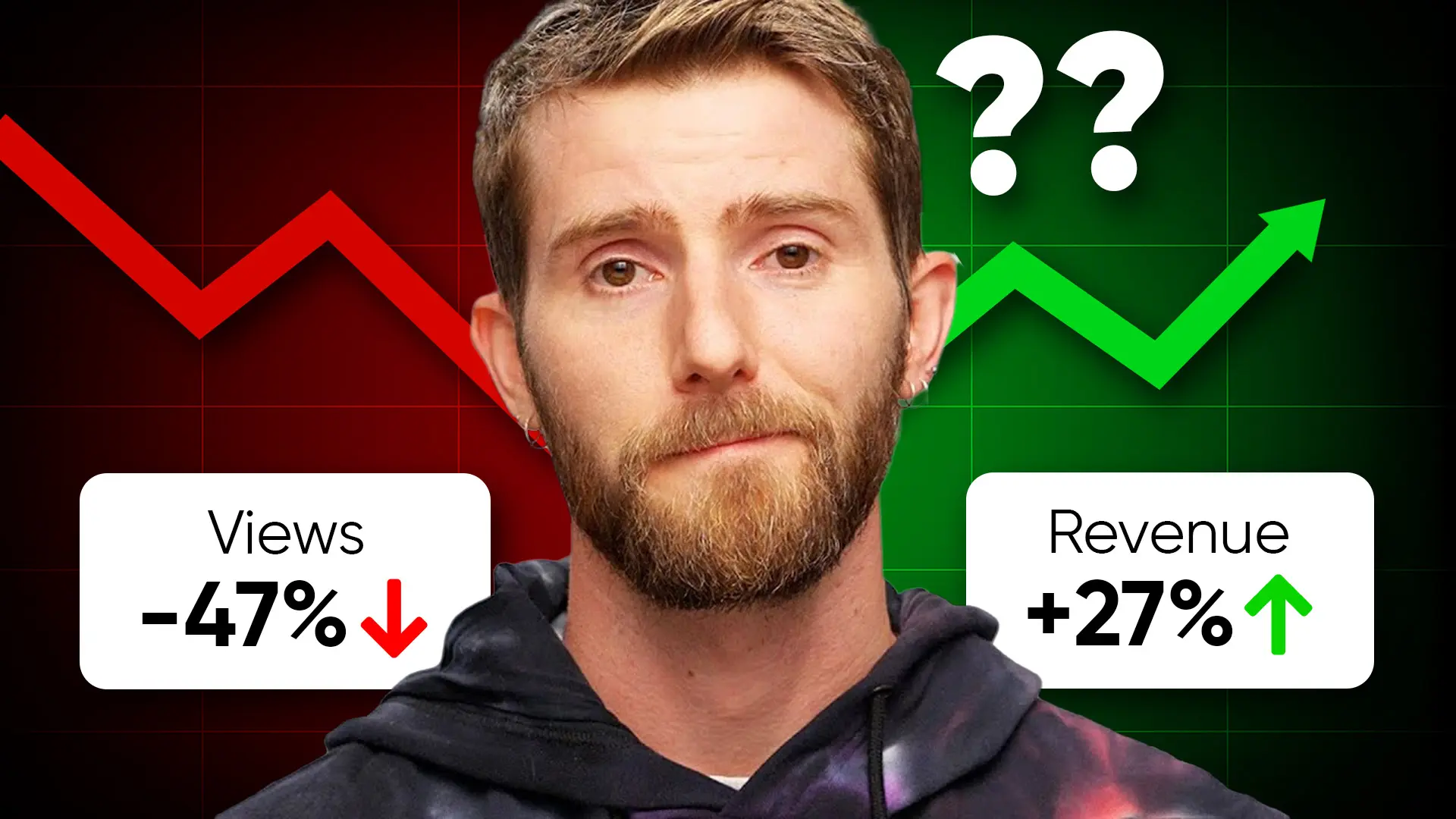4 Key Takeaways from Twitch CEO’s Latest Interview
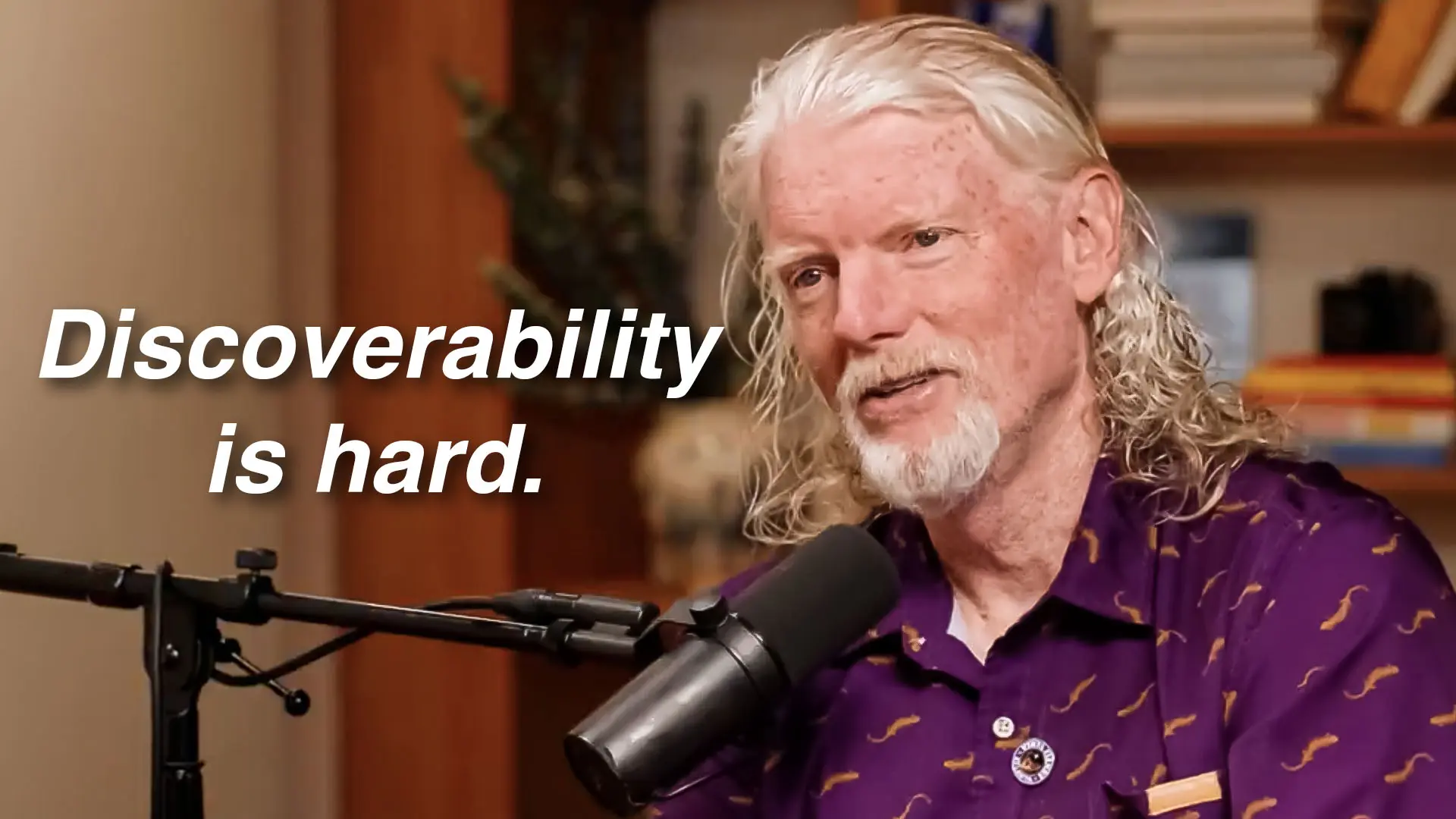
Twitch CEO Dan Clancy recently appeared on The Colin and Samir Show for one of his most revealing interviews yet, covering everything from why the platform abandoned exclusive contracts to his thoughts on creator growth and community building. While much of the conversation was fairly standard CEO speak, there were several moments where Clancy’s candid responses revealed Twitch’s actual strategy—and what it means for creators.
Let’s break down the most important insights from this conversation.
Why Twitch Killed Exclusive Contracts (And It’s Not Coming Back)
When asked about bringing back exclusive contracts, Clancy’s response was immediate and blunt: “They ain’t coming back.” But his explanation of why reveals something important about how platforms actually compete for creators.
“What we saw was, in general, when someone would take one of these deals, some viewers would leave, but most wouldn’t. Most would start watching somebody else… It wasn’t that Twitch viewers left Twitch to go over to YouTube. They then would watch Nick Mercs as opposed to TimTheTatman or xQc.”
What this means for creators:
- Exclusive deals don’t actually move audiences between platforms as much as everyone thinks
- When a big creator leaves, it creates opportunity for others to grow
- Twitch realized they were essentially paying creators to take viewers from other Twitch streamers
Clancy also admitted that exclusive contracts created a toxic dynamic: “As soon as you start giving deals, there’s always someone you don’t give a deal to, and now they think you don’t appreciate them.”
The platform’s shift to allowing simulcasting isn’t just about being creator-friendly—it’s a recognition that fighting platform exclusivity wars was expensive and ineffective.
The Evolution of Twitch: From Gaming to Entertainment
One of Clancy’s most insightful observations was about how Twitch has fundamentally changed:
“Twitch used to be where you had entertaining gamers that became big. Now you have entertainers that might sometimes game.”
This shift explains a lot about Twitch’s current strategy and why we’re seeing more IRL streams, variety content, and non-gaming creators finding success on the platform.
What this means: Twitch is embracing its evolution from a gaming platform to a broader entertainment platform focused on live, improvisational content.
The Growth Problem: Why Small Streamers Struggle
Clancy was refreshingly honest about discoverability challenges, comparing it to other creative industries:
“Discoverability in general is always hard when you’re a creator of any sort… If you talk to a musician, what does a musician say? Well, it’s tough to get my break.”
But he also acknowledged that livestreaming is harder than other content formats because of how Twitch is designed:
“We design our platform so the audience stays. We don’t try to distract them and get them off to something else… someone who watches Twitch might watch four to eight streamers in a week.”
Twitch’s strategy to help small creators:
- Collaboration tools: Heavy investment in Stream Together and making it easier for streamers to work together
- Short-form content: Helping creators repurpose stream highlights for other platforms
- Mobile improvements: The new discovery feed to expose viewers to more creators
- Community clipping: Making it easier for viewers to create and share clips
The upcoming vertical video feature is particularly interesting—Clancy mentioned that streamers will be able to broadcast in both horizontal and vertical simultaneously, targeting younger audiences who are more comfortable with mobile-first experiences.
What Makes Twitch’s Community Different
Perhaps the most insightful part of the interview was Clancy’s explanation of what actually makes Twitch unique. It’s not just about livestreaming—it’s about the type of community that forms:
“The foundation of community is shared experiences condensed over a period of time… A subscription is not to gain access to content. It is to support a creator.”
Why Twitch’s community model works:
- Patronage, not access: Subscriptions are about supporting creators, not unlocking content
- Shared language: Emotes create a unique communication system for each community
- Status and recognition: Gift subscriptions let viewers support creators while gaining community status
- Consistent interaction: Regular streaming schedules build stronger relationships
Clancy compared it to buying merchandise at concerts: “You don’t need another t-shirt. You buy the t-shirt to then wear it and say, I was there… It’s patronage.”
Final Thoughts
Compared to previous CEO Emmett Shear, I feel Clancy has a much better grasp of what streaming actually is and the real struggles that smaller creators face. He’s not trying to make Twitch into YouTube or TikTok. Throughout the interview, he emphasized that platforms fail when they try to be “all things to all people,” and he’s doubling down on what Twitch does best: building communities around live content.
The challenge now is execution. Clancy talks a good game, but Twitch still needs to deliver on these promises, especially around helping smaller creators grow and improving the mobile experience. If they can do that while maintaining what makes the platform special, they’ll be in a strong position for the future.
Pete’s Content Corner
Delve into my weekly selection of content creation highlights—handpicked videos, podcasts, and tweets that promise to captivate, educate, and entertain.
- YouTube updated its “Repetitious Content” policy to “Inauthentic Content,” clarifying that mass-produced content isn’t eligible for monetization. They mention reaction videos are safe, but the timing feels pointed as AI content gets easier to churn out. I can’t help but feel the flood is coming.
- Amazon showcased AI-based audio dubbing that can translate livestreams in real-time. Given Amazon owns Twitch, this could be a game-changer for international creators. Building this into Twitch natively would be huge for accessibility.
- Summer Games Done Quick raised over $2.4 million for Doctors Without Borders, proving once again that the gaming community shows up when it matters. These speedrunning charity events are consistently great for both entertainment and actual impact.
It’s refreshing to hear a CEO who actually seems to understand the platform they’re running. Clancy’s candid takes on community building and creator growth feel somewhat grounded in reality. That said, talk is cheap – the real test will be whether Twitch can actually execute on these promises, especially for smaller creators who need the most help.
Thanks, as always, for taking the time to read Stream Report.
Pete ✌️


